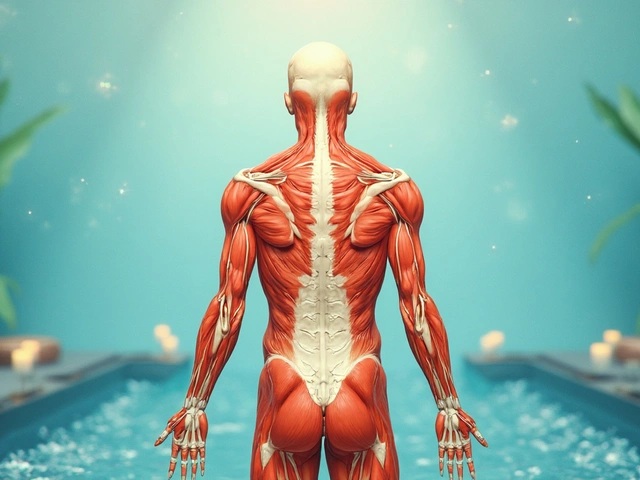Trigger Point Massage: Find and Ease Muscle Knots in Dogs (and People)
Trigger point massage targets tight spots in muscle—those sharp knots that cause pain, limping, stiffness, or odd behaviors in dogs. You don’t need fancy tools to help, just basic knowledge, gentle hands, and attention to how the animal reacts. This guide gives clear, useful steps you can try at home and tells you when to call a therapist or vet.
How to spot and treat trigger points
Start by watching movement and posture. A dog that hesitates on stairs, favors one leg, or seems stiff getting up often has tight muscles. Put your hand on the area while the dog is standing: a trigger point feels like a small hard lump or a tender band. The dog may flinch, lick, or look at the spot.
To work the point, use your thumb or fingertips and steady pressure. Press gently until you feel resistance, hold for 6–12 seconds, then release slowly. Repeat 3–6 times. If the dog relaxes and mobility improves, you’re on the right track. Keep sessions short—two to five minutes per area—and watch for signs of stress like heavy panting or trying to move away.
For larger muscles (shoulder, thigh), use flat palms and slow strokes along the muscle fiber before and after direct pressure. For small or sensitive areas (neck, base of skull), keep pressure light and short. Warm the muscle first with a towel or a few minutes of gentle stroking—warm tissue responds better and is safer.
Safety, frequency, and when to see a pro
Never force deep pressure on a fearful or aggressive dog. If the animal resists strongly, stop and consult a vet. Avoid trigger point work on wounds, inflamed skin, or near the spine without a professional. Start gently and do sessions 2–3 times a week, then reduce as the muscle relaxes. Small, steady improvements are the goal—not instant perfection.
If pain lasts more than a week, if limping persists, or if the dog shows signs like loss of appetite, fever, or sudden behavior change, see a vet. A certified canine massage therapist or a physical therapist trained in neuromuscular techniques can assess more complex cases and combine massage with stretches, exercises, and joint care.
For people doing this on themselves, the same basics apply: locate the tight band, use steady pressure for short holds, and pair massage with stretching and heat. Research in humans shows targeted trigger point work can reduce tightness and improve function when done correctly.
Trigger point massage is a simple, effective tool when used carefully. Learn your dog’s body language, practice gentle techniques, and get professional help for lasting or serious problems. Small regular sessions often beat one painful deep massage—and your dog will thank you by moving and playing better.

Unlocking the Secrets of Trigger Point Massage Therapy
Trigger point massage is gaining popularity as a powerful method for alleviating chronic pain and muscle tension. This technique targets specific areas known as trigger points, which can cause discomfort and restrict movement. Through the application of pressure and manual manipulation, therapists help release tension and promote relaxation. Discover the benefits of this massage, the science behind its effectiveness, and tips for integrating it into your wellness routine.

Transforming Pain Relief with Trigger Point Massage Therapy
Trigger point massage has emerged as a groundbreaking technique in the field of pain relief. By targeting specific knots in the muscles, this form of massage therapy effectively alleviates pain, improves circulation, and enhances overall well-being. To understand its benefits, we explore what trigger points are, how this massage differs from other types, and provide practical tips for maximizing treatment effectiveness. Discover why trigger point massage is becoming a popular choice for those seeking a holistic approach to pain management.

The Magic Touch: Understanding Lomi Lomi Massage
Oct, 19 2023

Harnessing Gut Health to Thrive with Diabetes
Jan, 24 2025


